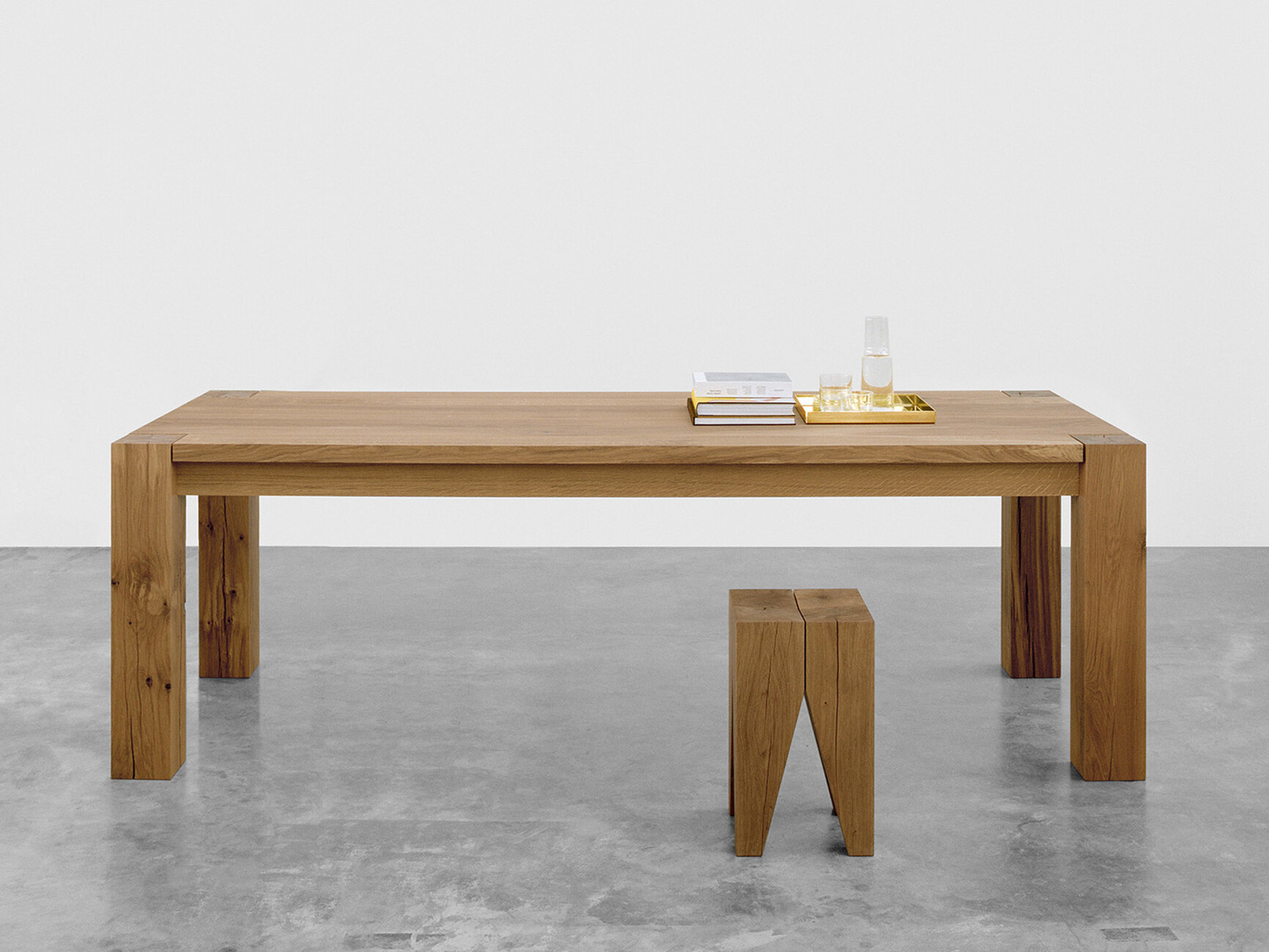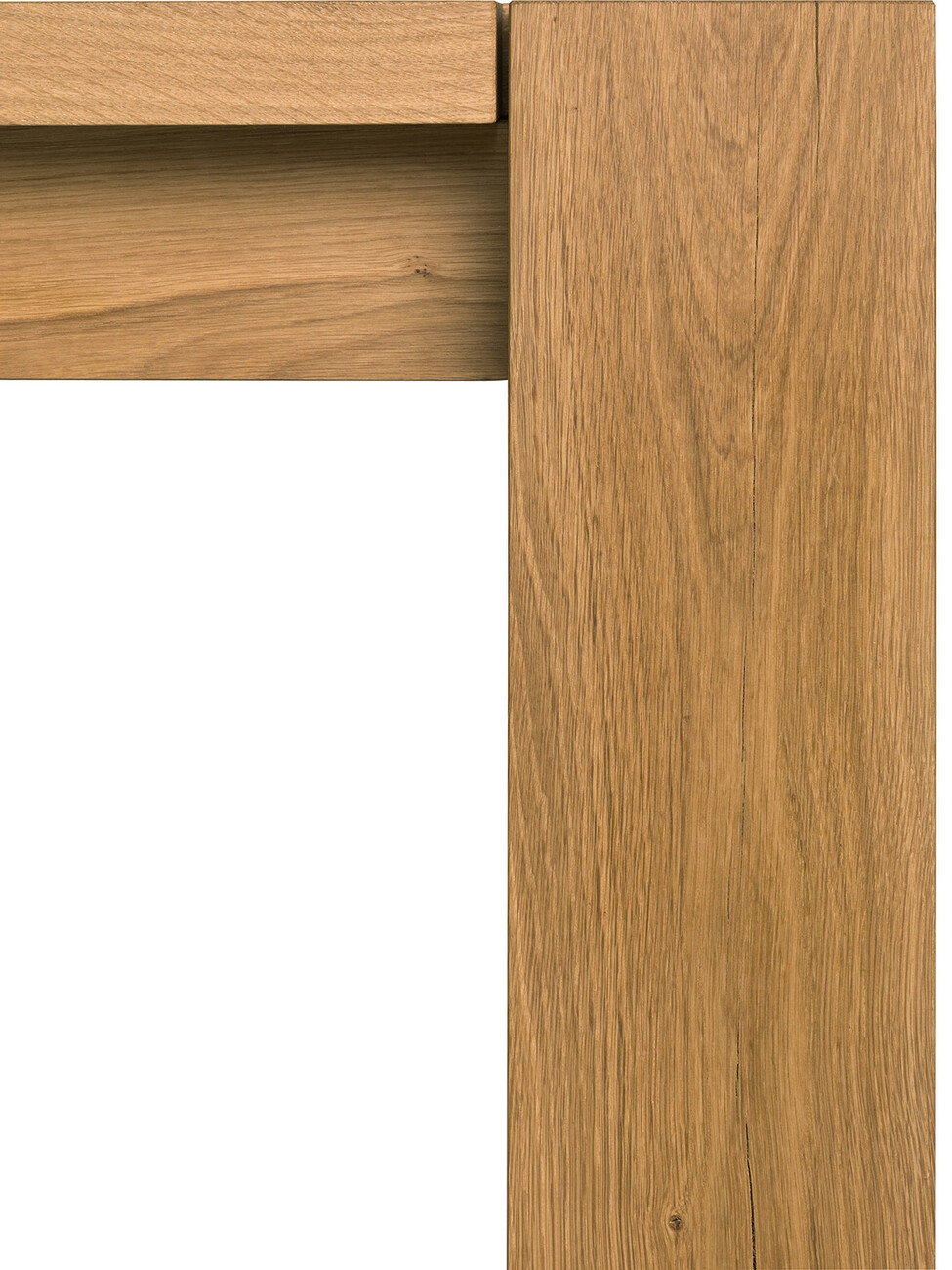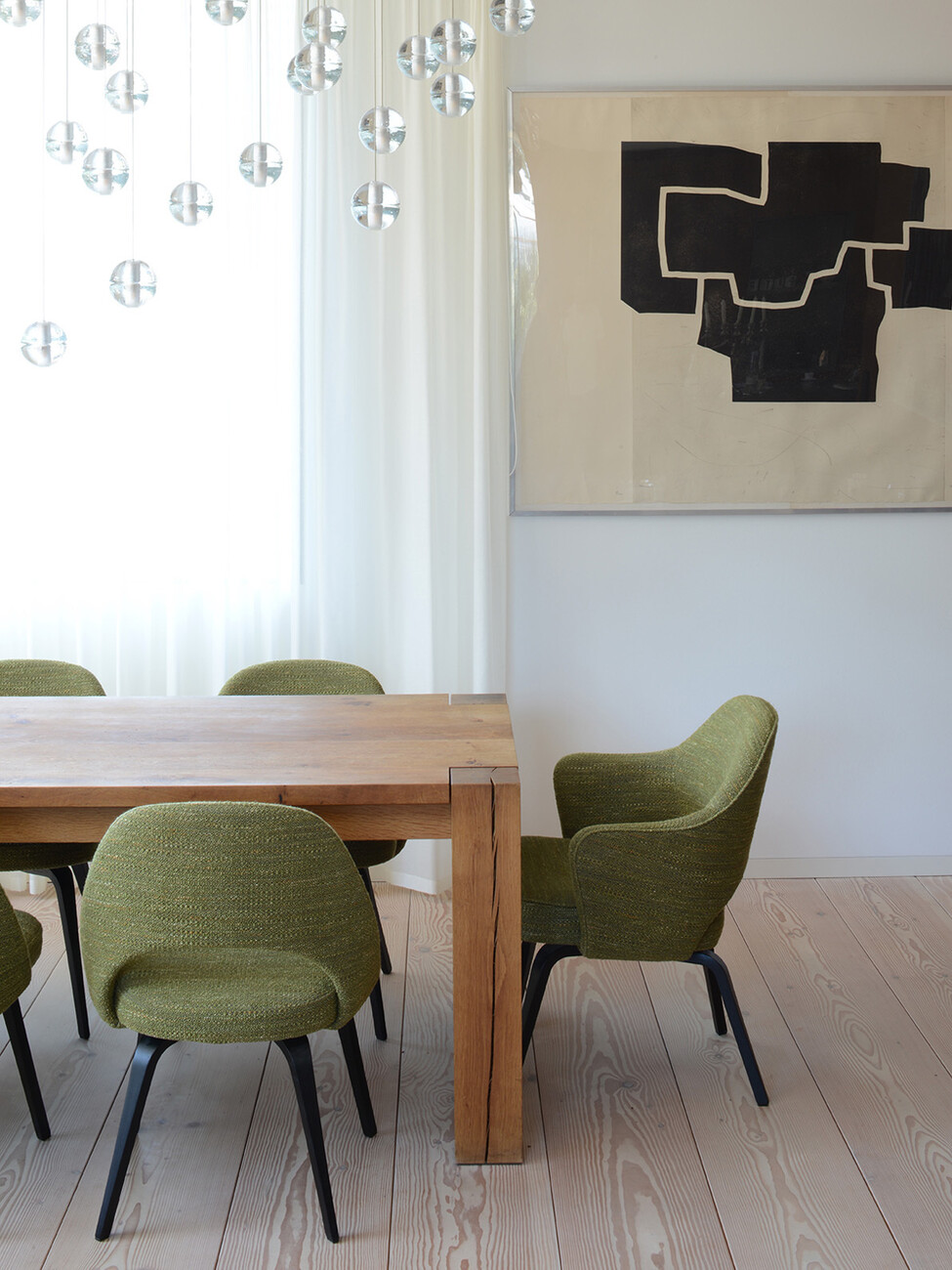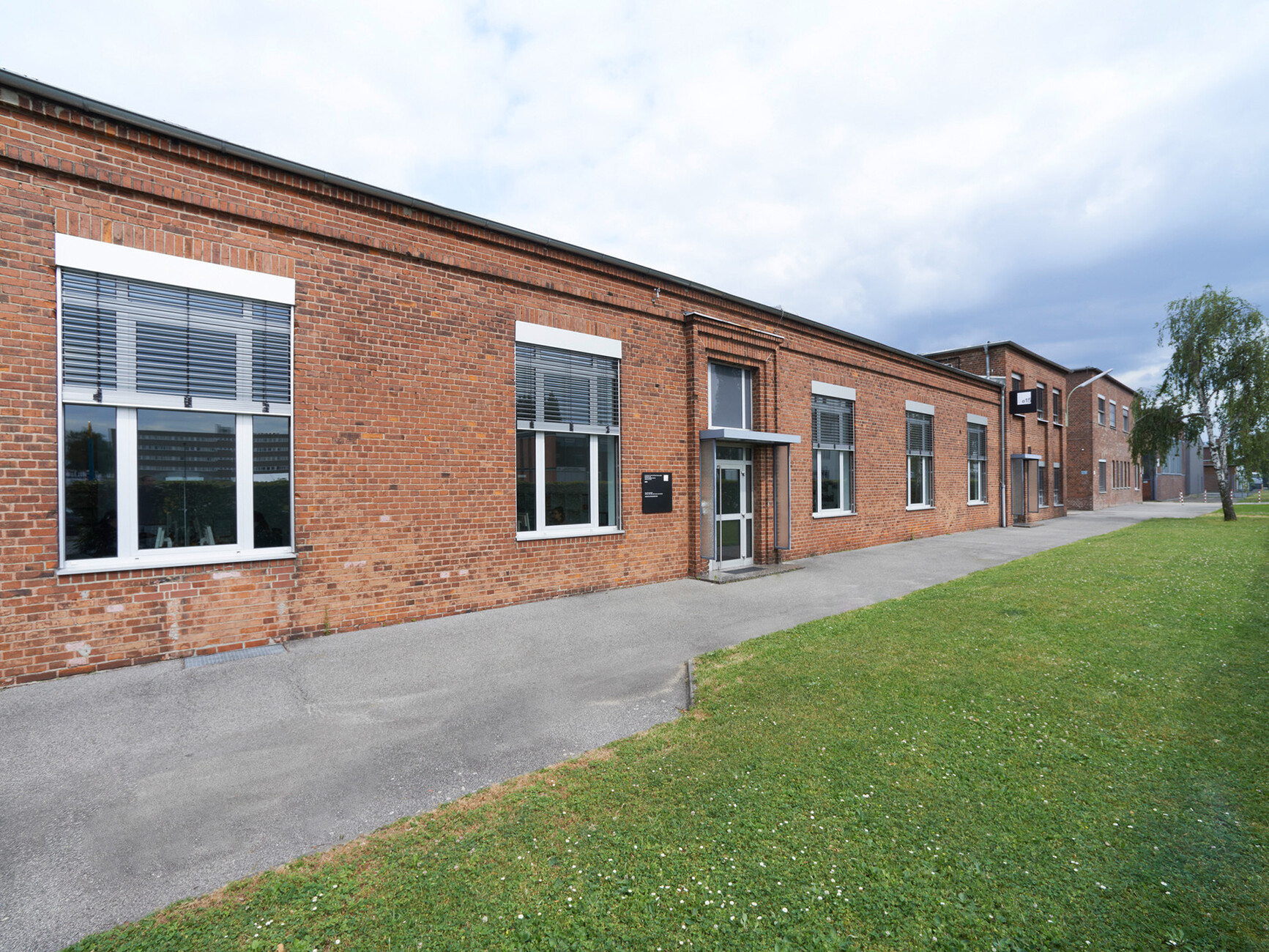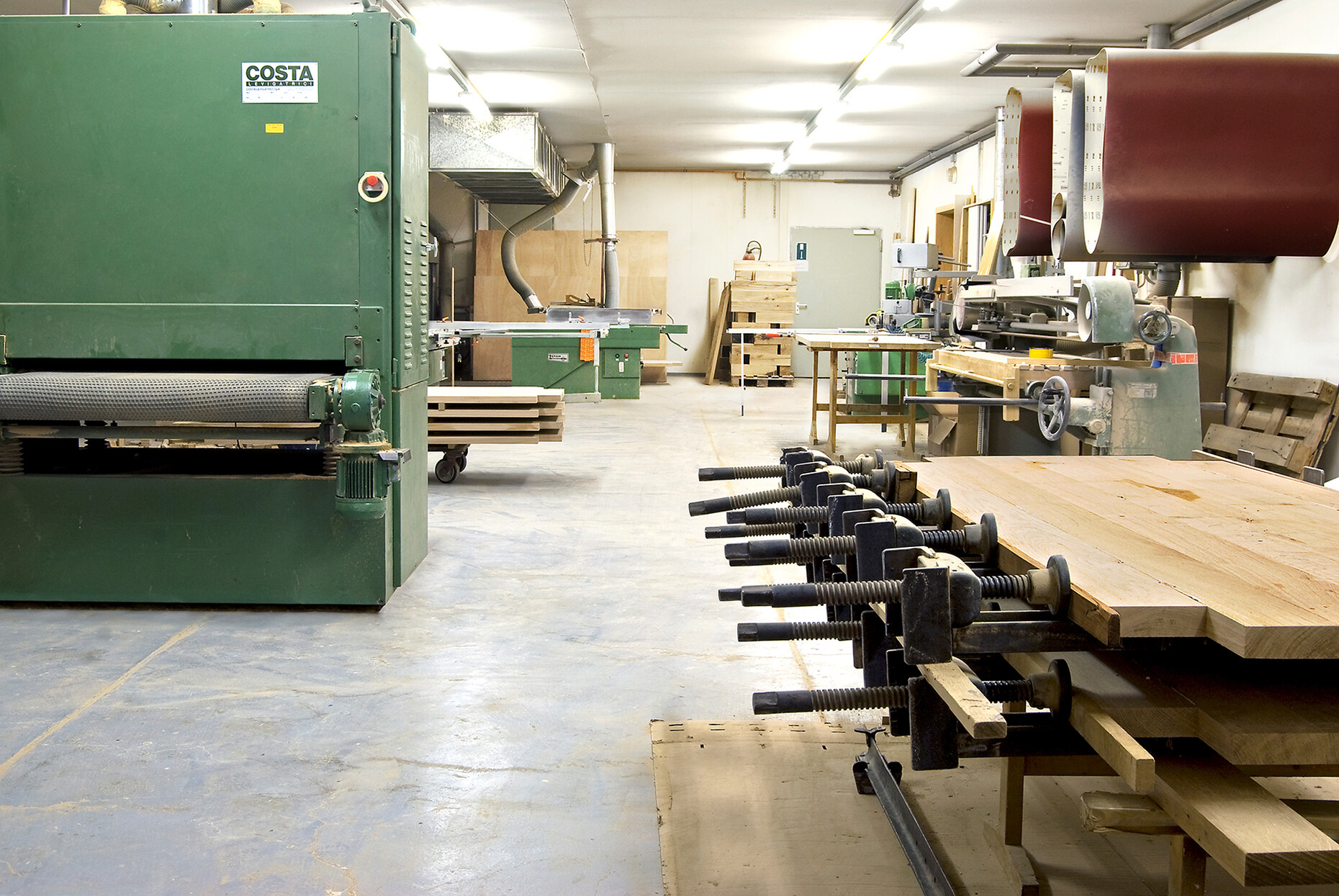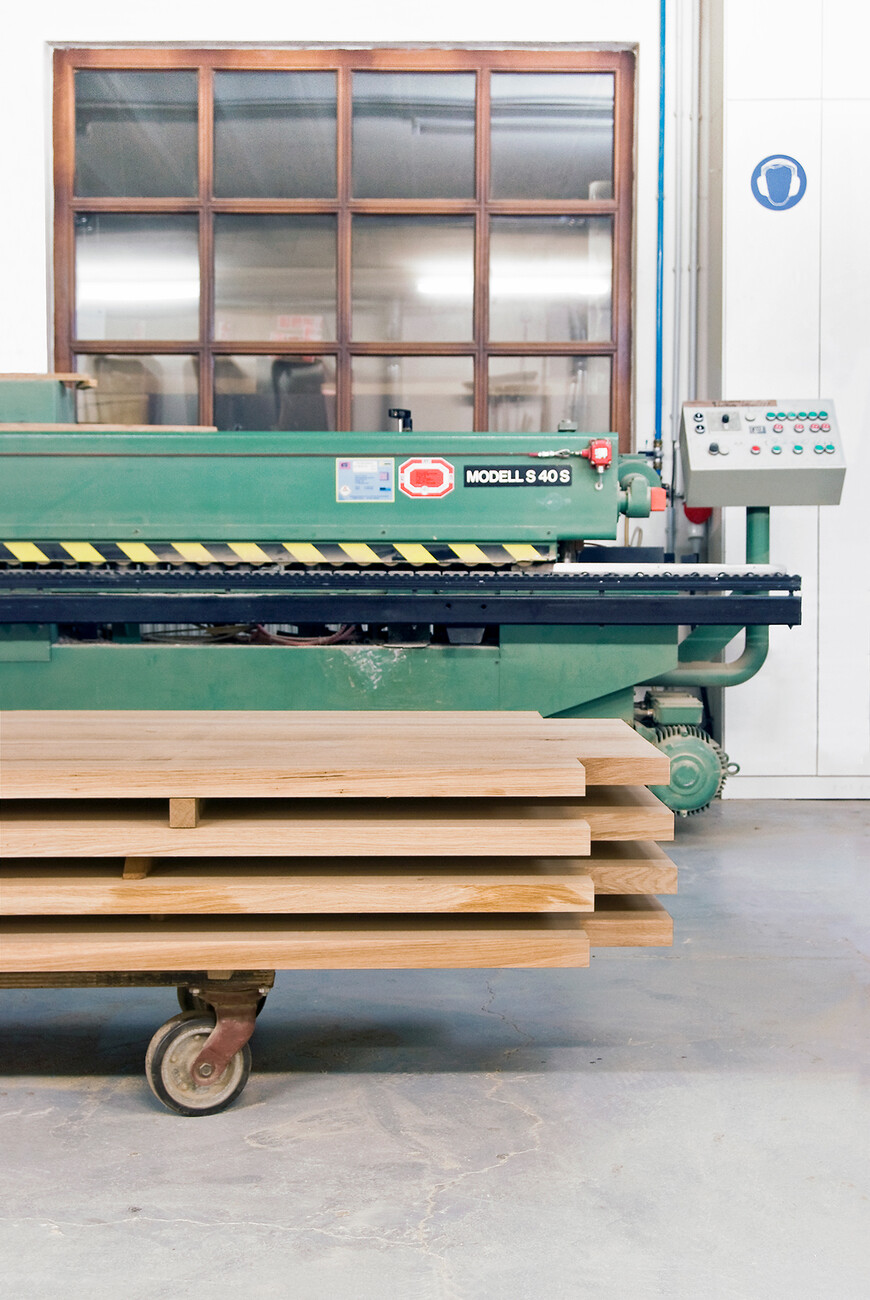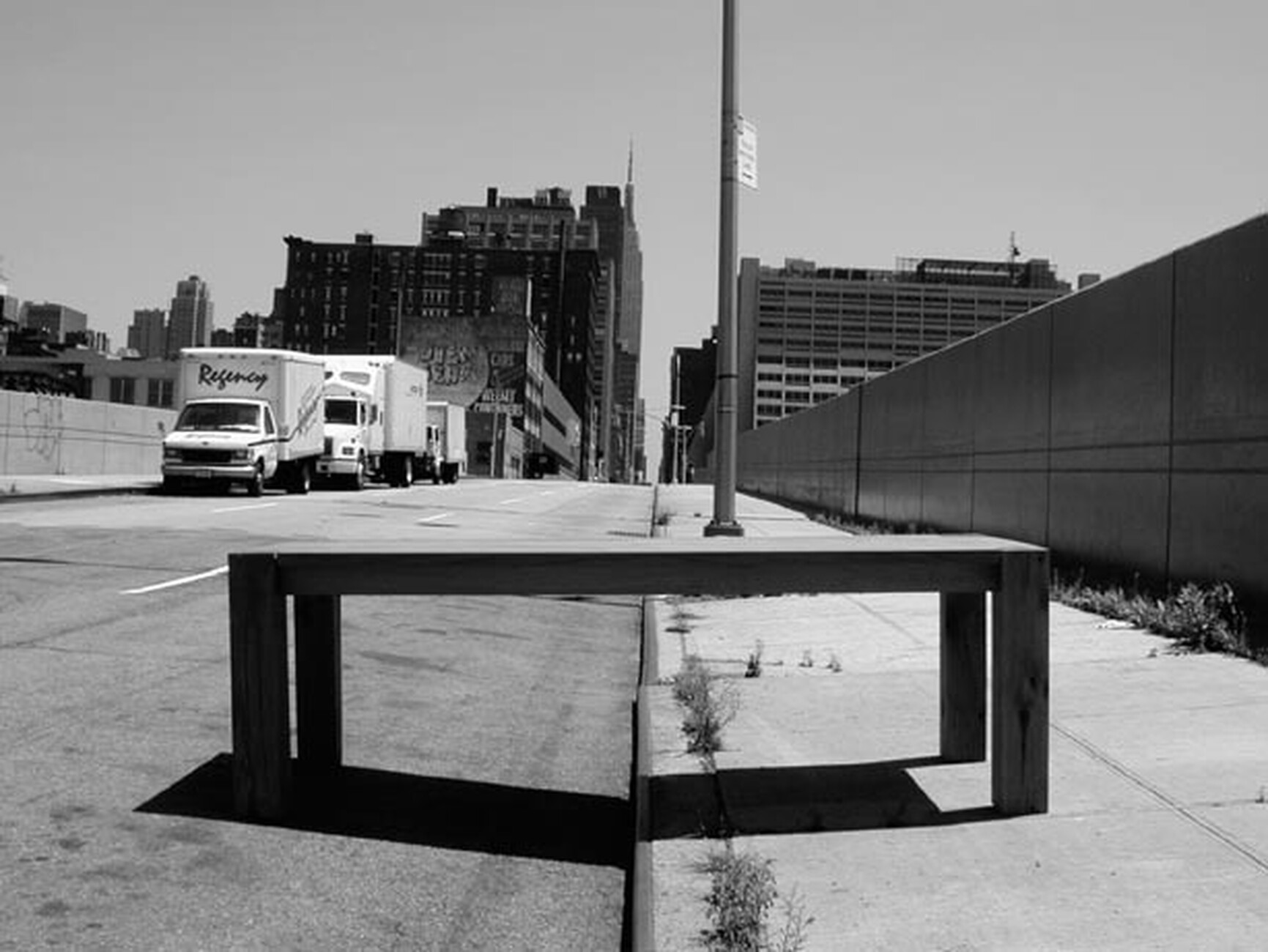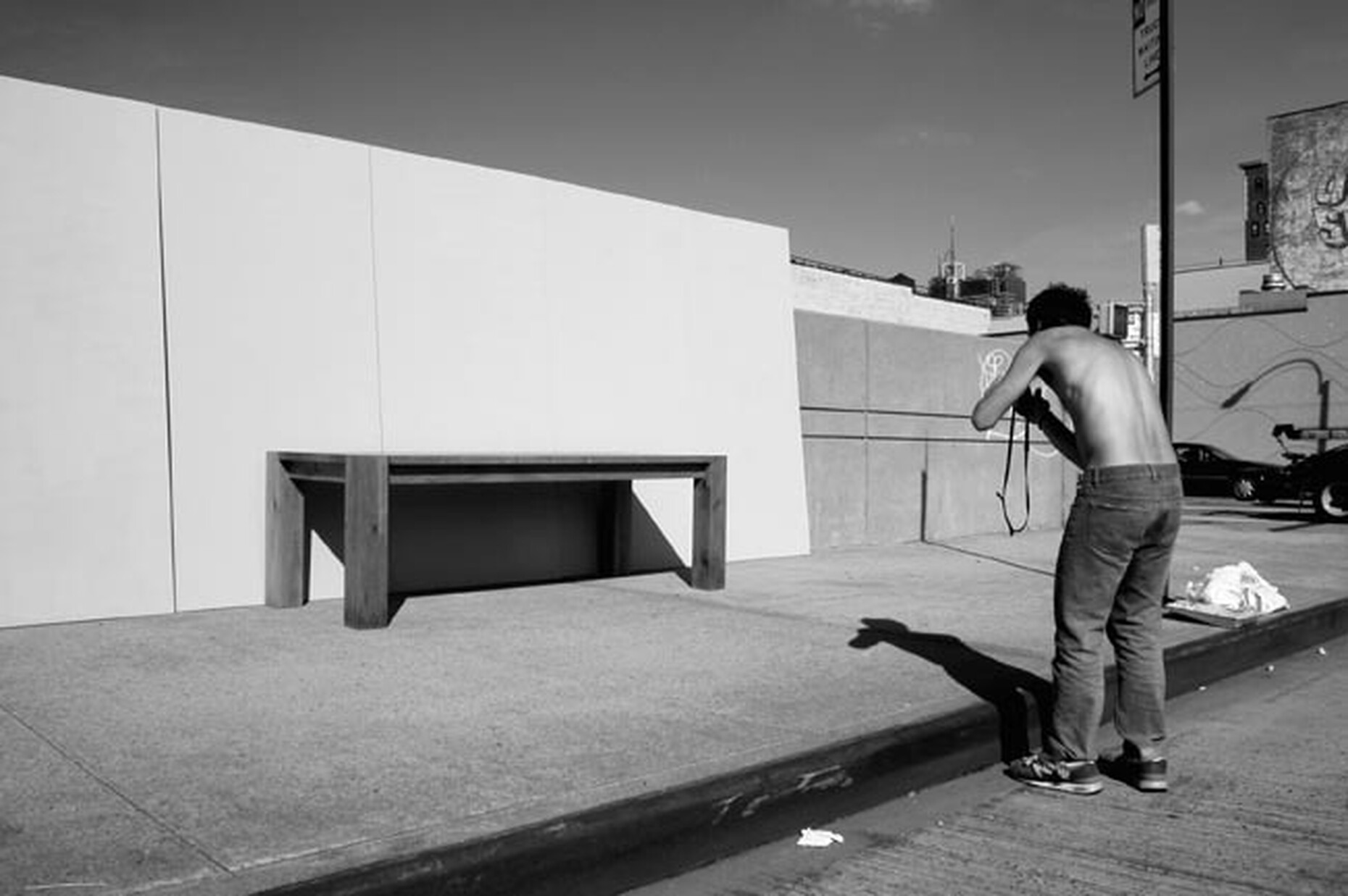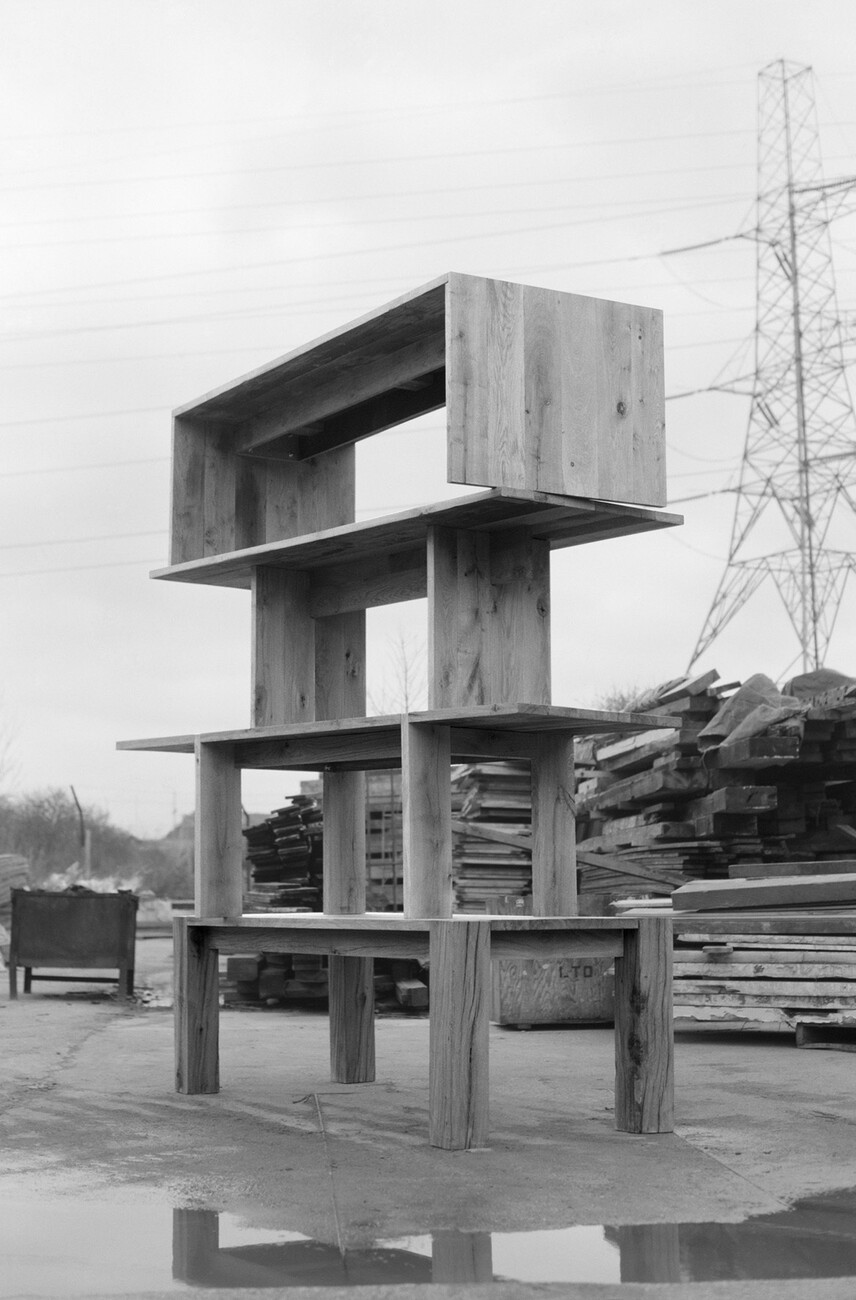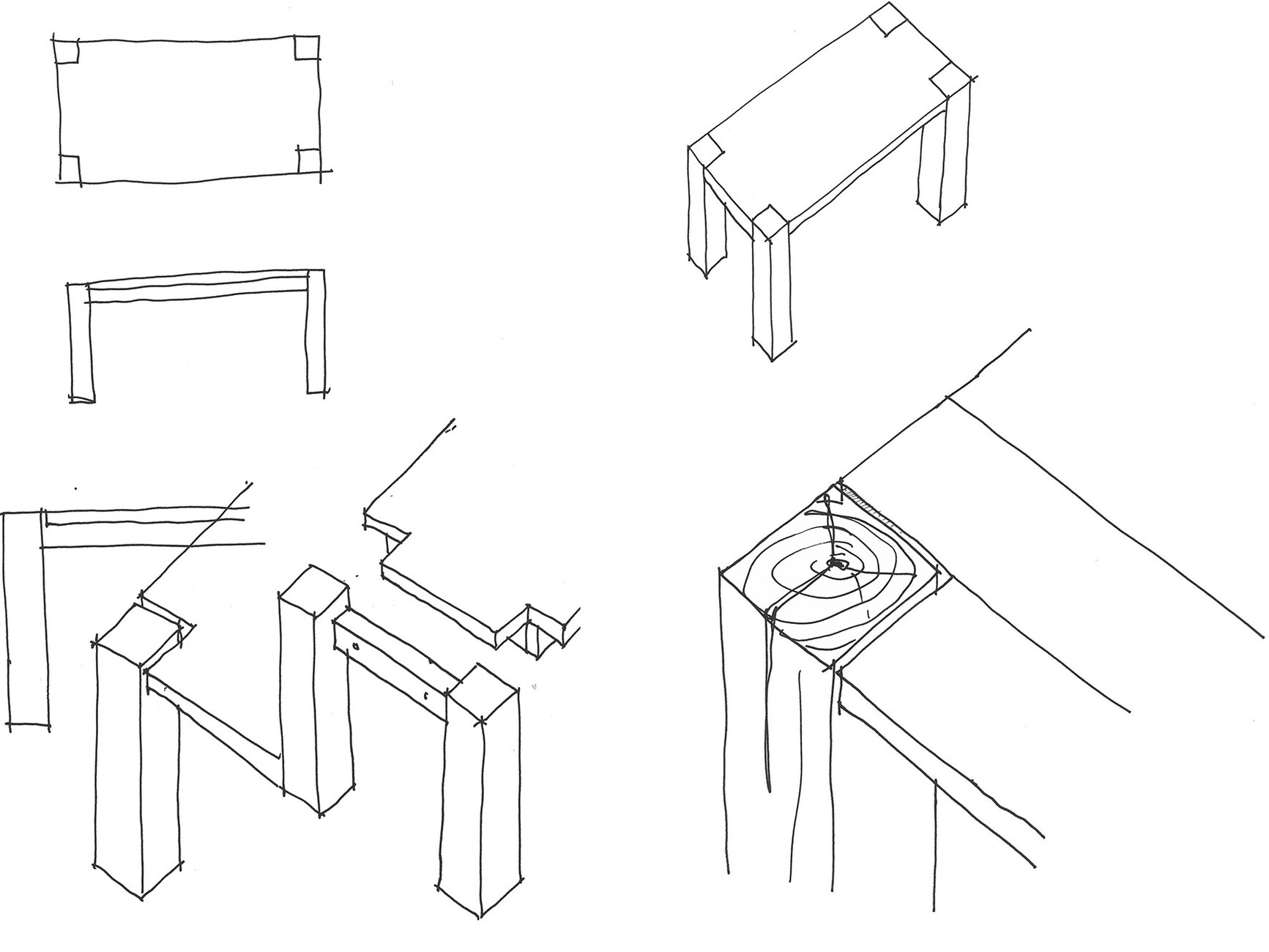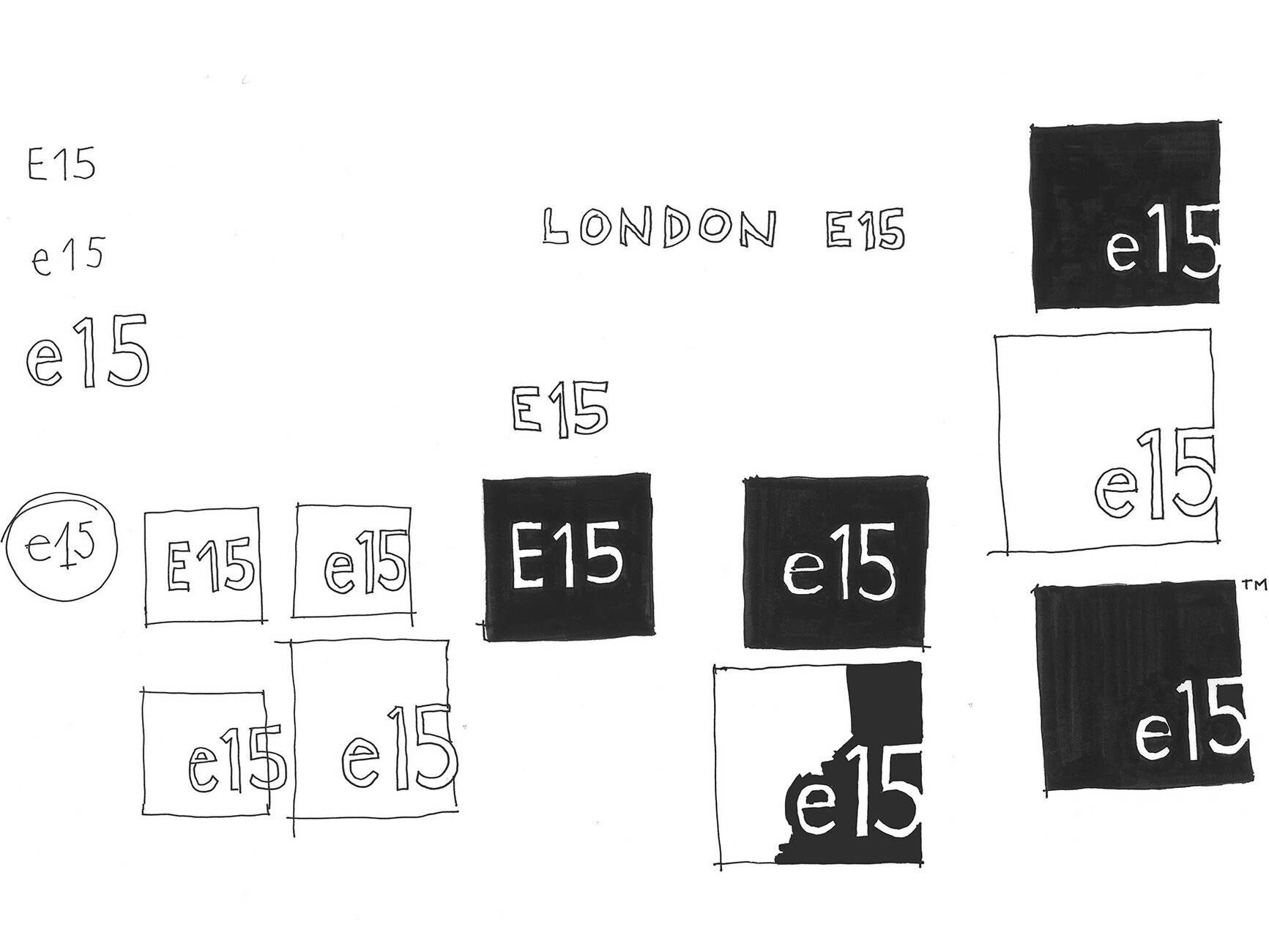Not a mythical creature
It is impressive, the ‘Bigfoot’: square table legs that stand like pillars in their four places, made from equally wide wooden planks. The rectangular table top does not rest on top of them, but fits in at the edges with a small gap between them, giving them room to make a grand entrance. Each piece is unique. An almost radical simplicity in design, robust and clear. The archetype of the table was created in London in the early 1990s. Philipp Mainzer, born in Hamburg, studied product design and architecture in the British metropolis. A creative boom has been in the air there, alternative ideas were in demand and found the freedom to experiment. In 1994, he designed the ‘Bigfoot’ while still a student. A short time later, together with fellow student Florian Asche, he founded the furniture brand e15, named after the postcode of the first workshop in the East End of London. A few years later, he met the designer and art director Farah Ebrahimi, and together they led the start-up to international success. Today, e15 works with renowned designers such as Stefan Diez, David Chipperfield and David Thulstrup. It was not only the minimalist shape of the table that was revolutionary at the time, the material also caused a stir: While plastic, glass and metal - in short, perfect, cool surfaces – were on the rise, Mainzer experimented with wood scraps. He made the first table from planks from old goods wagons, which show their history: cracks and knotholes, grains and annual rings. For the table legs, he also used the darker heartwood from the centre of the tree – which was still considered a waste product at the time.
Swimming against the tide rarely brings great applause, not even for e15: ‘We showed “Bigfoot” for the first time in 1996 at the international furniture fair in Cologne – and many dealers laughed at us. At the time, solid oak with knotholes and cracks was considered a clear reject,’ says Mainzer. He was not irritated by this. In addition to all the derogatory reactions, it quickly became clear what a strong effect wood has on people: ‘Nobody walked past our stand without stroking the surface of the table. Wood is a well-known and traditional material in furniture construction. It has an emotional appeal. It is alive and moves, even when it is moulded. People like the warmth and honesty of wood. They like to touch it. This intuitive desire immediately attracted visitors,’ he says.
That was 30 years ago, meanwhile "Bigfoot" has gone from rebel to classic. This has done it no harm, as the clear design, the natural material and the long service life of the table could not be more up-to-date. Durability, craftsmanship and environmentally friendly production are what e15 still stands for today. Philipp Mainzer no longer dismantles old goods wagons; instead, the European oak and walnut wood is sourced from sustainable forestry, predominantly from Germany, and is PEFC-certified. The regional network ensures short transport routes and also guarantees the high quality of the furniture. A touch-up with a little oil now and then is all the ‘Bigfoot’ needs. Good ideas are often copied, as e15 knows from its own experience. A glance at the embossed logo and the individual serial number shows that the ‘Bigfoot’ is authentic. This year, a plaque with Philipp Mainzer's signature and a companion: the ‘Backenzahn’ stool made of heartwood, itself a small design icon.
